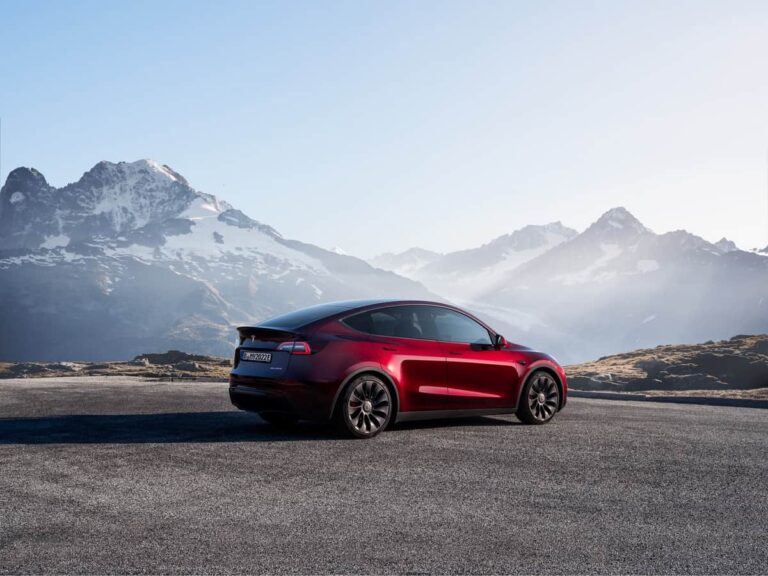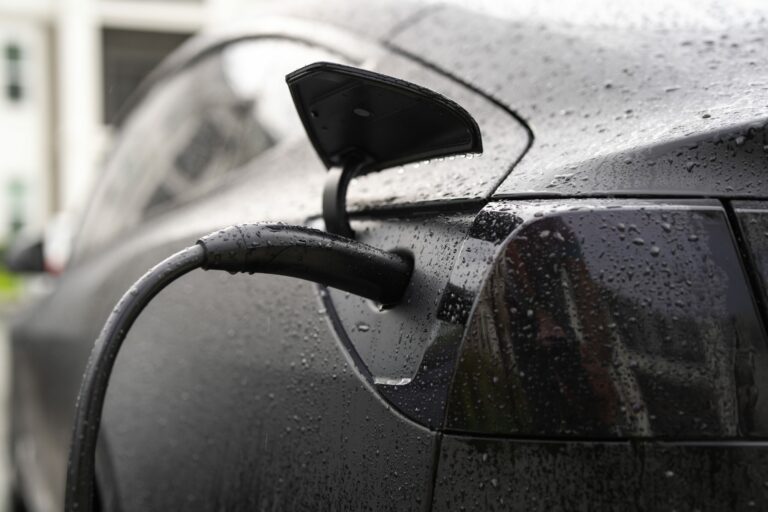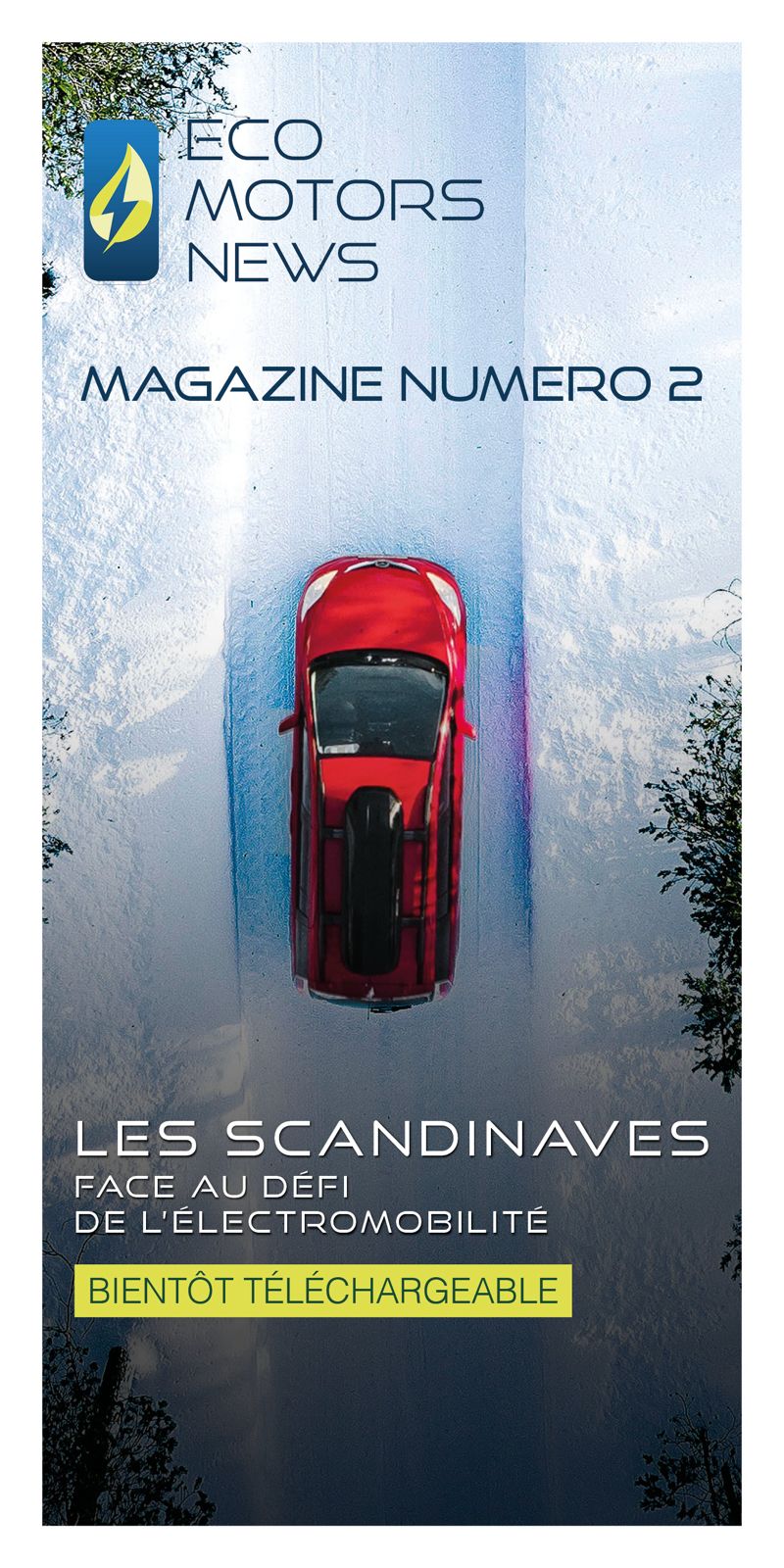Italy is moving towards electrification, but progress remains slow and uneven. While hybrids largely dominate the market, 100% electric vehicles are still struggling to gain mass acceptance, despite various support schemes.
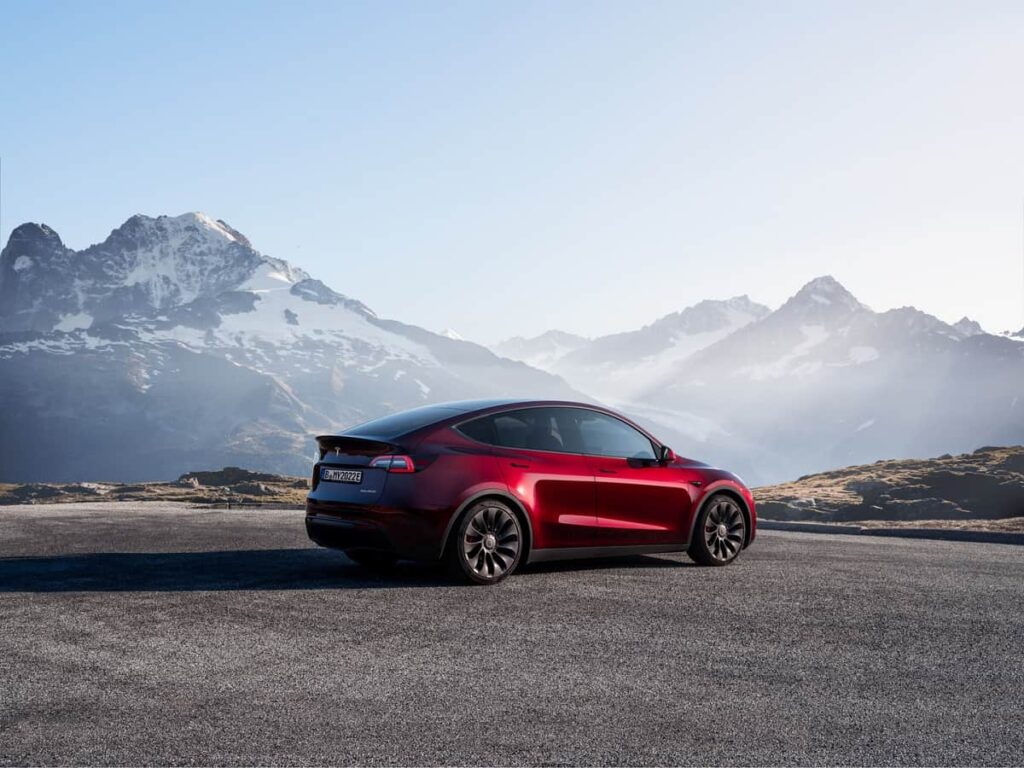
A declining car market
Overall, the Italian new car market recorded 125,826 registrations in October 2025, down 0.6% on the same month last year. For the first ten months of the year, the total stands at 1,293,366 units, down 2.7% on 2024.UNRAE forecasts that the number of registrations will close the year 2025 at around 1,520,000, down 2.5% on 2024. For 2026, projections anticipate a very slight recovery of 1.3%, but the market would still be almost 20% below the levels of six years ago.
Hybrids: the undisputed champions of the Italian market
Italy is the most ‘hybrid’ country in Europe. In October 2025, hybrid vehicles accounted for 45.5% of the market, confirming a trend that has been in place for several years. Over the first ten months of 2025, the share of hybrid vehicles stood at 44.7%. By way of comparison, over the same period in 2024, hybrids accounted for 39.9% of the market.
This dominance of hybrids can be explained by a number of factors: an electric recharging network that is still inadequate, purchase prices that are more affordable than pure electrics, and a certain cultural reluctance to completely abandon the internal combustion engine in a country where the traditional car is still deeply entrenched.
Pure electrics: modest growth
All-electric vehicles (BEVs) accounted for 5.0% of the market in October 2025, down slightly from 5.6% in September, but up from 4.0% in October 2024. In the first nine months of 2025, BEVs totalled 61,249 registrations, up 26.5% on 2024. Compared with the rest of the vehicle fleet, these figures give 100% electric vehicles a 5.2% share of the market in the current year.
This growth, while real, puts Italy well behind the European average. By way of comparison, the European Union’s market share for BEVs was around 15% over the same period. A survey by Istituto Piepoli for the ECO-Festival of Sustainable Mobility & Smart Cities in September 2025 shows that 59% of Italians say they are not interested in buying an EV in the coming year.
Although the data on the best-selling 100% electric models from January to October 2025 is partial, from January to April the best-selling models remain the same as last year: the Tesla Model Y dominates the market, followed by the Fiat 500e, the symbol of electric « Made in Italy », then the Dacia Spring, the MG4 and the Renault Megane E-Tech. Combined with plug-in hybrids, electrified vehicles with external charging (BEV + PHEV) will account for 12.7% of the market in October 2025.
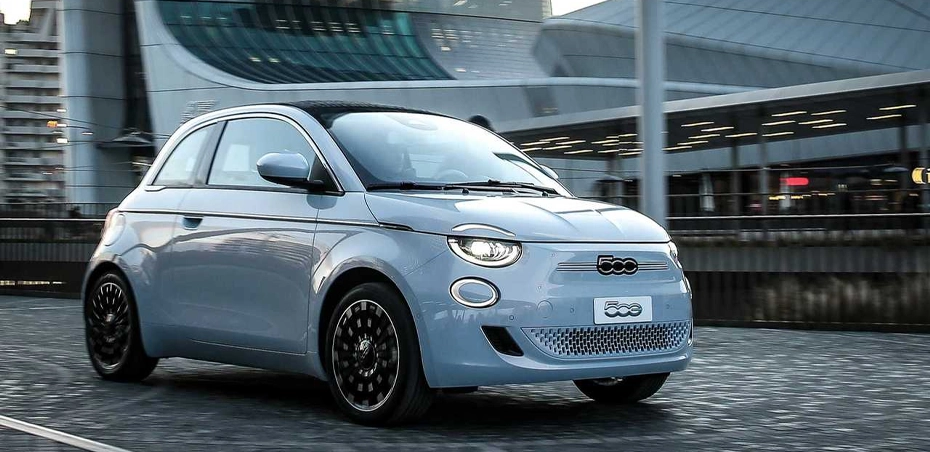
An unconvincing aid strategy
To encourage people to switch to electric cars, the Italian government has been offering a series of purchase subsidies since 2021. These schemes are often one-off and massive, but they are also, and above all, characterised by chronic instability.
The latest scheme is the spectacular October 2025 support programme. The first grants, launched in 2021, offered up to €8,000 for the purchase of a new electric vehicle, which could be combined with a scrappage bonus, subject to income conditions. Two years later, in 2023, the amounts were reduced and the eligibility criteria tightened.
A support scheme that failed to deliver, leading to a slowdown in sales. The year 2024 saw a drastic reduction in the funds allocated, prompting strong criticism from manufacturers and industry associations.
Faced with this setback, in 2025 the government reactivated an ambitious incentive plan, supported by European funds, culminating in the October programme. This latest aid programme saw no less than €597 million released thanks to the European recovery plan. How does it work? Up to €11,000 for households with an ISEE < €30,000, subject to strict conditions. The results are convincing: in less than 24 hours, more than 55,000 vouchers were distributed, depleting the funds.
Thanks to this plan, certain vehicles such as the Dacia Spring or the Leapmotor T03 have become accessible for less than €5,000, a record in Europe. It was a lightning success that highlighted the limitations of the Italian model: a prolonged waiting period on the part of Italians, rapid saturation of schemes and uncertainty for market players. To date, no structural reform has been announced to stabilise this aid, which continues to operate in fits and starts.
A recharging network that is still inadequate
Italy will have around 65,000 public charging points by 2025, according to a study by Motus-E, and no less than 22% of them will be fast charging points (over 50 kW). For a country of its size, with a road network of almost 500,000 km, Italy is below the European average in terms of the density of public charging points.
Regional disparities are also marked: more than 60% of the network is concentrated in the north of the country (Lombardy, Emilia-Romagna, Veneto), while the south remains largely under-equipped.
To offset this, the National Recovery Plan (PNRR), partly financed by European funds, provides for the installation of 21,000 additional public charging points by 2026. However, the installation of charging points on motorways, which is crucial for a country with frequent inter-regional travel, has been slow to materialise.
The main player in the Italian recharging market is Enel X Way, a subsidiary of Italian energy giant Enel. The group alone has developed more than 16,000 charging points, and is also building charging hubs for business fleets and certified green energy charging points. An obvious choice for a country where around 40% of electricity production already comes from renewable sources (solar, hydro, wind).
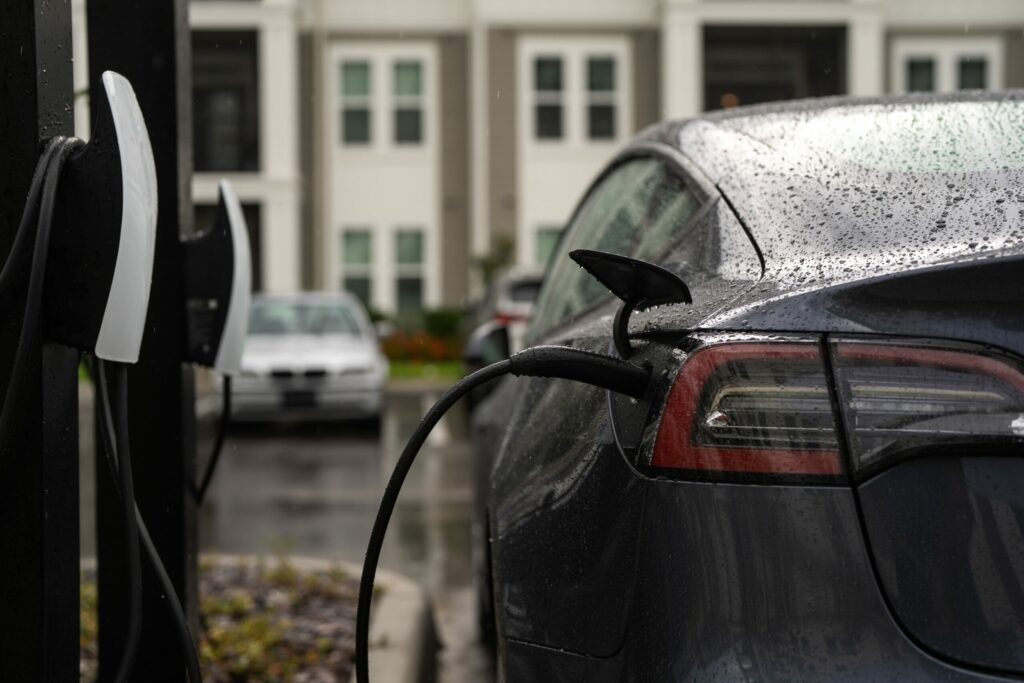
Stellantis: a major player in the Italian automotive industry
The Stellantis Group is the driving force behind the automotive industry. In October 2025, the group registered 33,721 vehicles, up 5.01% on October 2024.
Fiat, the Group’s flagship brand, continues to drive the market with the Fiat 500e, the first 100% electric model to be produced by Stellantis in Italy. It is maintaining its presence in the market, but faces increasingly aggressive Chinese competition in the affordable electric city car segment.
Italy produces locally: the Mirafiori plant in Turin, historically a symbol of the Italian car industry, has been transformed into a centre dedicated to electric vehicles and battery production. An industry that is doing well, enabling manufacturers to plan new models: the electric Fiat Panda and the Alfa Romeo Milano should see the light of day in 2026.
Structural challenges persist
Like every country involved in this transition, Italy faces a number of major obstacles:
- Purchase price: despite temporary subsidies, electric vehicles are still considerably more expensive than their combustion or hybrid equivalents.
- Dependence on public subsidies: when subsidies stop, sales immediately plummet.
- Regional inequalities: the north, which is richer and has better infrastructure, is adopting electricity more quickly than the south.
- Cultural reticence: Ferrari, Lamborghini and Maserati are the embodiment of thermal automotive excellence, and attachment to the traditional engine remains strong, even though these brands are developing more and more electrified vehicles.
Outlook: a slow transition
UNRAE believes that the next few months should see an increase in the market share of BEVs thanks to registrations linked to the October subsidies. But as the past has shown, this increase will be temporary, and there is a risk of a further slowdown once the effect of the subsidies has worn off.
The government’s target is to have 6 million electrified vehicles (BEV + PHEV + HEV) on the road by 2030. While hybrids will probably continue to dominate in the medium term, pure electrics are expected to grow thanks to a gradual fall in prices, improved infrastructure and European regulatory constraints.
A country in transition…
Italy is embodying the automotive transition at its own pace: hybrids dominate and have prepared the ground, pure electrics are making slow but steady progress, and infrastructure is developing unevenly. The country is not a leader in European electromobility, nor is it seeking to be. It is following a unique path, adapted to its geographical, economic and cultural constraints.
But this strategy carries a risk: that of accumulating a backlog that will be difficult to make up when European regulatory pressure increases.


